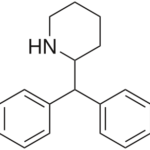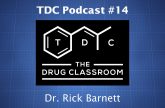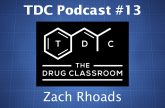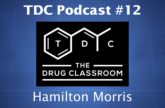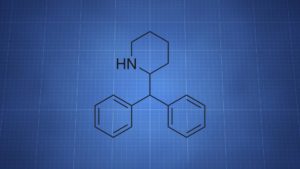 2-DPMP is a stimulant that was created in the 1950s by Ciba-Geigy (Novartis) and used for a brief time before leaving the market. It was originally used for ADHD and narcolepsy, but shorter-acting drugs ended up replacing it. Ciba-Geigy also tested it to speed up recovery from anesthesia and it was known as Weckamine in Germany. 2-DPMP reappeared in the mid to late-2000s.
2-DPMP is a stimulant that was created in the 1950s by Ciba-Geigy (Novartis) and used for a brief time before leaving the market. It was originally used for ADHD and narcolepsy, but shorter-acting drugs ended up replacing it. Ciba-Geigy also tested it to speed up recovery from anesthesia and it was known as Weckamine in Germany. 2-DPMP reappeared in the mid to late-2000s.
The substance functions as an NDRI (norepinephrine-dopamine reuptake inhibitor) and it appears to promote dopamine release in some parts of the brain. It has structural and functional similarities with pipradrol and methylphenidate.
Users report relatively standard stimulant effects, but it stands apart from similar drugs because of its long duration. 2-DPMP usually lasts for at least 24 hours and it’s not uncommon for it to work up to 48 hours. In overdoses, effects have even lasted for 3-4+ days.
Its long duration is seen as both a positive and negative aspect by users. Due to various factors (including its potency and method of sale), effects like anxiety, chest pain, and tachycardia have been reported at relatively high rates.
There are some fatalities on record associated with 2-DPMP. Fatalities and hospitalizations seem to be more common when a product containing the drug (e.g. Ivory Wave or Whack) is administered, likely due to dosing issues.
2-DPMP = Desoxypipradrol; 2-diphenylmethylpiperidine; Ivory Wave; Lunar Wave; Whack
Dose
Oral & Intranasal (tentative due to lack of information)
Light: 2 – 3 mg
Common: 4 – 6 mg
Strong: 7 – 8 mg
Timeline
Oral & Intranasal
Total: 16 – 72 hours
Onset: 01:00 – 02:00
Experience Reports
References
(2014) Designer psychostimulants: Pharmacology and differences
(2012) Neurochemical profiles of some novel psychoactive substances
(2012) Research chemicals marketed as legal highs: The case of pipradrol derivatives
(2011) Desoxypipradrol is more potent than cocaine on evoked dopamine efflux in the nucleus accumbens
Test Results










